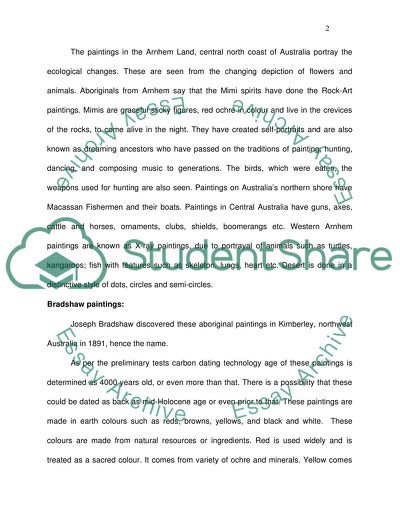Cite this document
(“Insight in Australian ancient Aboriginal Rock- Art Essay”, n.d.)
Insight in Australian ancient Aboriginal Rock- Art Essay. Retrieved from https://studentshare.org/visual-arts-film-studies/1543867-insight-in-australian-ancient-aboriginal-rock-art
Insight in Australian ancient Aboriginal Rock- Art Essay. Retrieved from https://studentshare.org/visual-arts-film-studies/1543867-insight-in-australian-ancient-aboriginal-rock-art
(Insight in Australian Ancient Aboriginal Rock- Art Essay)
Insight in Australian Ancient Aboriginal Rock- Art Essay. https://studentshare.org/visual-arts-film-studies/1543867-insight-in-australian-ancient-aboriginal-rock-art.
Insight in Australian Ancient Aboriginal Rock- Art Essay. https://studentshare.org/visual-arts-film-studies/1543867-insight-in-australian-ancient-aboriginal-rock-art.
“Insight in Australian Ancient Aboriginal Rock- Art Essay”, n.d. https://studentshare.org/visual-arts-film-studies/1543867-insight-in-australian-ancient-aboriginal-rock-art.


